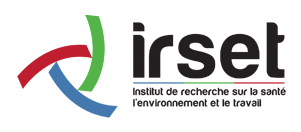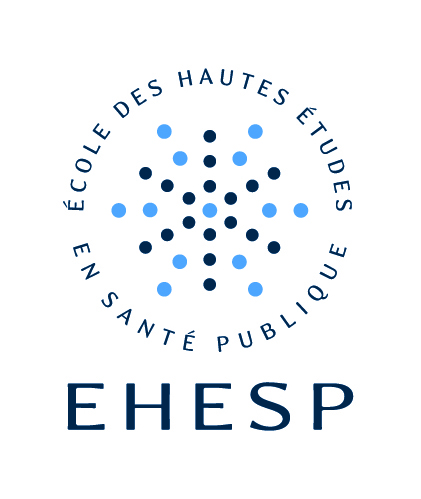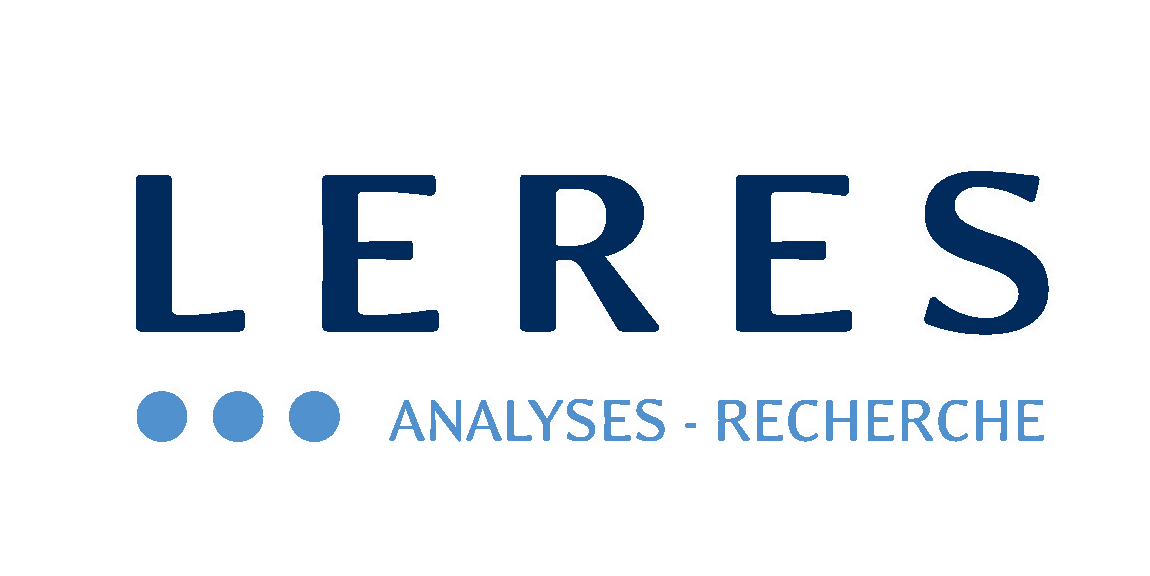Innovative analytical methodologies for characterizing chemical exposure with a view to next-generation risk assessment
Résumé
The chemical burden on the environment and human population is increasing. Consequently, regulatory risk assessment must keep pace to manage, reduce, and prevent adverse impacts on human and environmental health associated with hazardous chemicals. Surveillance of chemicals of known, emerging, or potential future concern, entering the environment-food-human continuum is needed to document the reality of risks posed by chemicals on ecosystem and human health from a one health perspective, feed into early warning systems and support public policies for exposure mitigation provisions and safe and sustainable by design strategies. The use of less-conventional sampling strategies and integration of full-scan, high-resolution mass spectrometry and effect-directed analysis in environmental and human monitoring programmes have the potential to enhance the screening and identification of a wider range of chemicals of known, emerging or potential future concern. Here, we outline the key needs and recommendations identified within the European Partnership for Assessment of Risks from Chemicals (PARC) project for leveraging these innovative methodologies to support the development of next-generation chemical risk assessment.
| Origine | Fichiers éditeurs autorisés sur une archive ouverte |
|---|---|
| licence |





